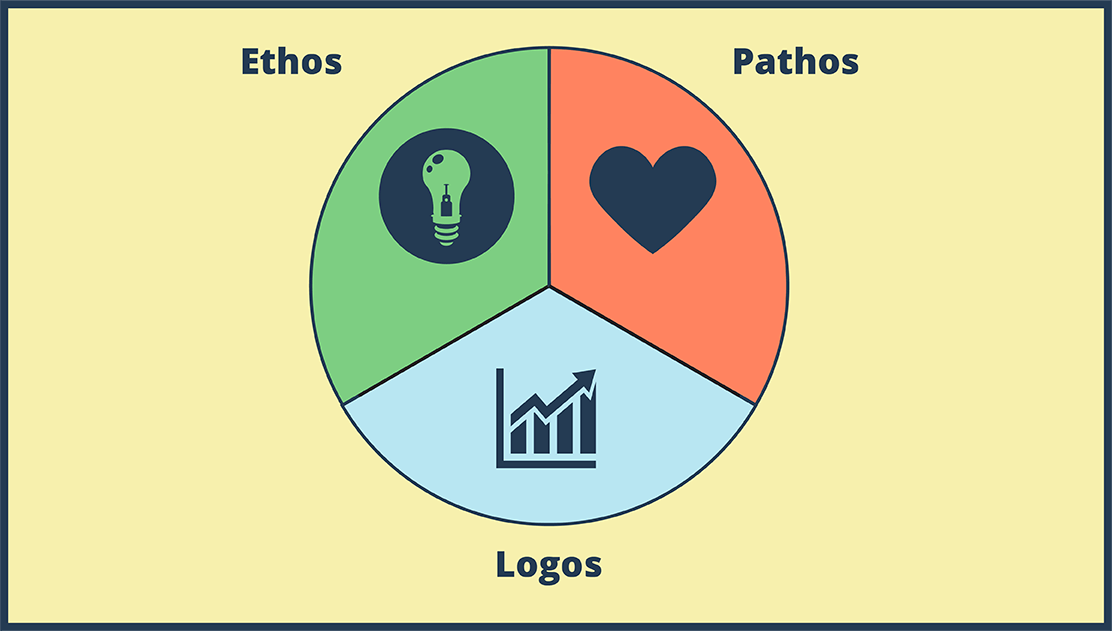Examples of Figurative Language

You can find this storyboard in the following articles and resources:

Types of Figurative Language
By Kristy Littlehale
Figurative language is used in both literature and poetry to create layers of meaning which the reader accesses through the senses, symbolism, and sound devices. Engage students with premade activities and lessons from Storyboard That!
'
Check out some of our other educational articles!
Storyboard Description
Examples of Figurative Language in Literature, from personification to onomatopoeia.
Storyboard Text
- Simile
- Metaphor
- Personification
- ??
- Symbolism
- Hyperbole
- “O, she doth teach the torches to burn bright!Her beauty hangs upon the cheek of night,Like a rich jewel in an Ethiop’s ear.”
- “And each separate dying ember wrought its ghost upon the floor.”
- “He gives his harness bells a shakeTo ask if there is some mistake.”
- Even death did not mar its grace, for it lay on the earth like a broken vase of red flowers, and we stood around it, awed by its exotic beauty.
- “Neptune’s ocean wash this bloodClean from my hand? No. This my hand will ratherThe multitudinous seas incarnadine, marking the green one red.”
- Imagery
- Oxymoron
- Figurative Language
- Onomatopoeia
- Apostrophe
- Paradox
- “It was a rimy morning, and very dam. I had seen the damp lying on the outside of my little window, as if some goblin had been crying there all night, and using the window for a pocket-handkerchief. Now, I saw the damp lying on the bare hedges and spare grass, like a coarser sort of spiders’ webs: hanging itself from twig to twig and blade to blade.”
- “Beautiful tyrant! Fiend angelical!Dove-feathered raven, wolvish-ravening lamb!Despised substance of divinest showJust opposite to what thou justly seem’st.”
- “Hear the loud alarum bells,Brazen bells!What a tale of terror, now, their turbulency tells!In the startled ear of nightHow they scream out their affright!Too much horrified to speak,They can only shriek, shriek,Out of tune… How they clang, and clash, and roar!”
- “Is this a dagger which I see before meThe dagger toward my hand? Come, let me clutch thee!I have thee not, and yet I see thee still.”
- “War is Peace”; “Freedom is Slavery”; “Ignorance is Strength.”
Over 30 Million Storyboards Created




